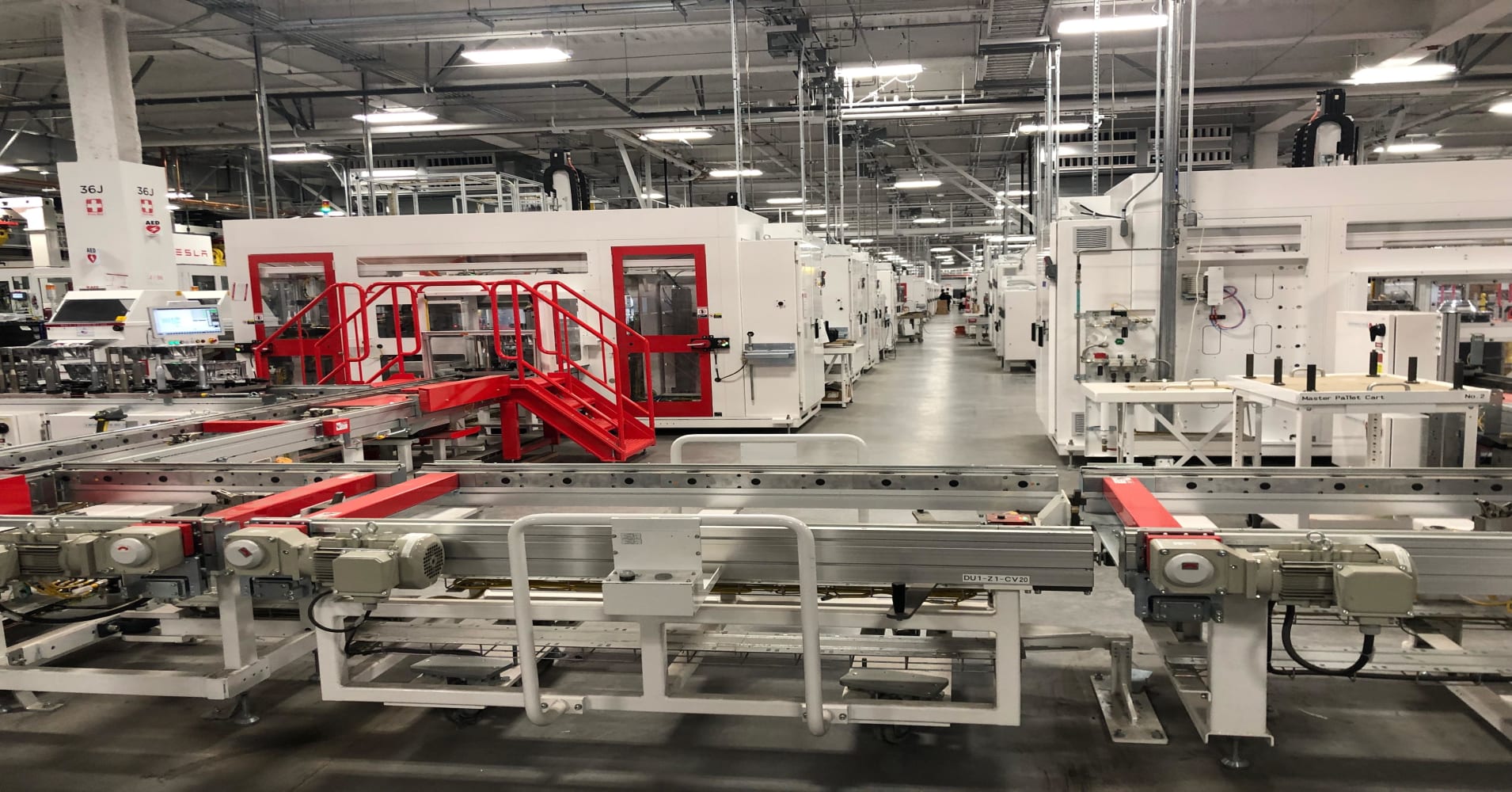
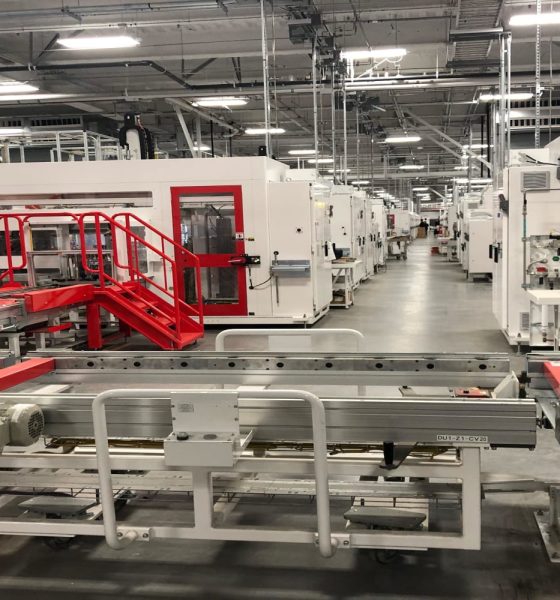
News
Tesla’s ‘skunkworks lab’ for its custom battery cell pilot production line is growing
Tesla’s Battery Day may still be a couple of months away, but hints about the highly-anticipated event’s details are already abounding. With Elon Musk specifically mentioning that the event will be held in Fremont, and that it will include a tour of the company’s pilot battery cell production line, it appears that previous reports, which point to a “skunkworks lab” in the city, were accurate. What’s more, documents filed by the electric car maker in previous months seem to indicate that its mysterious pilot battery cell facility is growing.
Initial leaks and reports about Tesla’s mysterious “skunkworks lab” were posted as early as June 2019, with a CNBC article stating that the facility is located at Kato Road, just a few minutes away from the Fremont factory, where the Model S, Model 3, Model X, and Model Y are built. Citing former and current Tesla employees, the news agency stated that Tesla’s R&D teams were focused on prototyping and designing advanced lithium-ion batteries, as well as new equipment and processes that could usher in the mass production of the next-gen cells.
These batteries are now widely speculated to be the million-mile battery that has been mentioned by the company. The million-mile battery is a significant part of Tesla’s game plan, being the one defining factor that could help electric vehicles achieve price parity with gas powered cars, and allow battery storage devices to last decades when deployed. Amidst the wait for Battery Day, speculations are abounding that Tesla will be conducting a deep dive into its million-mile batteries during the event, similar to how Autonomy Day included an in-depth discussion on the company’s custom Hardware 3.0 computer.
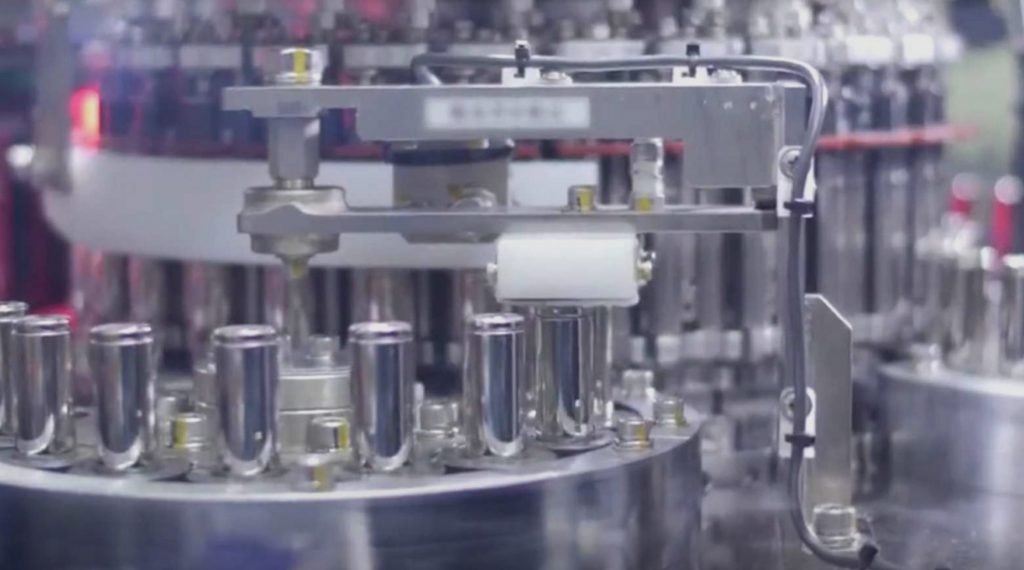
As it turned out, Tesla’s skunkworks lab at Kato Road has been very busy this year. A proposal submitted last March, for example, outlines plans to redevelop the existing site by adding floors to the facility. According to Tesla, the redesigned building will be housing 45 research and development employees and up to 425 manufacturing workers that are spread through several shifts from Monday through Friday. This appears to suggest that the company, as early as March this year, was looking to ramp the battery cell output of its pilot production line.
Interestingly enough, Tesla has also been posting multiple job listings on its Careers page that were specifically focused on battery cell manufacturing. By May 2020, Tesla had posted job listings for Cell Engineers, Production Process Engineers, and Controls Engineers. A look at these listings would show references to a battery cell manufacturing operations, and as luck would have it, the posts listed Fremont, California as their location.
Further documents show that Tesla had also requested to increase its power demand by 6 MW, further hinting that activities in the site are poised to ramp soon. This proposal, based on a response from PG&E that was recently shared online, was approved.
Based on these filings and job listings, it is evident that Tesla’s pilot battery cell manufacturing line has been ramping, or at least is poised to ramp, its operations. This is particularly impressive, considering that the Kato Road facility, which reportedly hosts the company’s skunkworks lab, is a fairly small site, comprising of two buildings that cover 184,880 sq. ft. combined. This means that even in this relatively small location, Tesla has been able to create a pilot line for a new breed of batteries that can change the EV game. This is quite a significant accomplishment, considering that previous battery lines are known to consume a lot of space.
Tesla’s Gigafactory Nevada facility is the perfect example of this. Giga Nevada primarily produces battery cells, and it is poised to be one of the largest buildings in the world by footprint once it’s complete. If Tesla’s pilot battery cell production line in Kato Road is indeed fully functional and ramped, then one can only imagine how much more batteries facilities like Gigafactory Nevada can produce with the company’s next-generation technology.
Tesla’s proposal for an expansion of its Kato Road facility could be accessed below.
Tesla Kato Road Update by Simon Alvarez on Scribd
H/T JPR007

News
Tesla (TSLA) receives “Buy” rating and $551 PT from Canaccord Genuity
He also maintained a “Buy” rating for TSLA stock over the company’s improving long-term outlook, which is driven by autonomy and robotics.
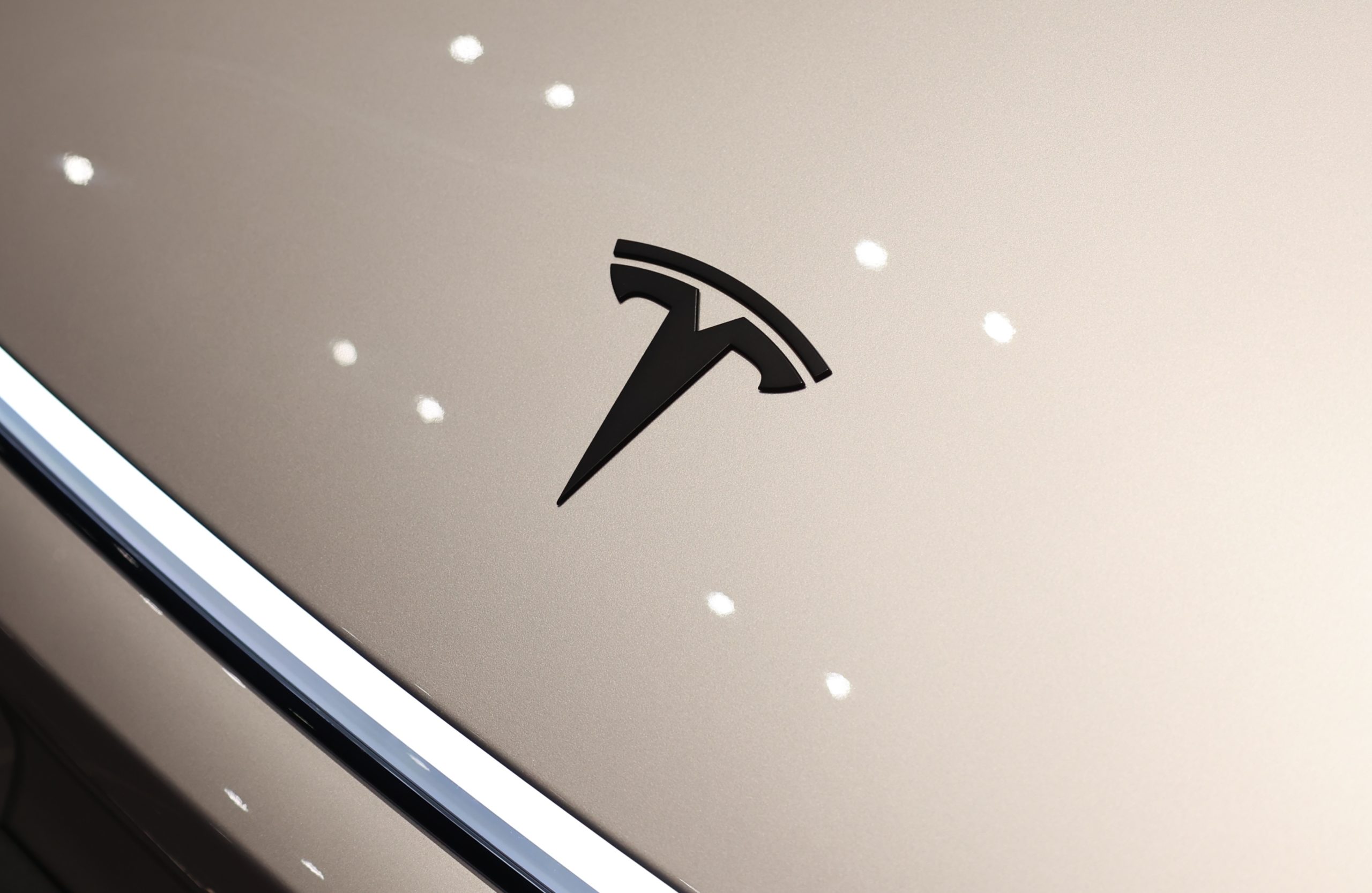
Canaccord Genuity analyst George Gianarikas raised his Tesla (NASDAQ:TSLA) price target from $482 to $551. He also maintained a “Buy” rating for TSLA stock over the company’s improving long-term outlook, which is driven by autonomy and robotics.
The analyst’s updated note
Gianarikas lowered his 4Q25 delivery estimates but pointed to several positive factors in the Tesla story. He noted that EV adoption in emerging markets is gaining pace, and progress in FSD and the Robotaxi rollout in 2026 represent major upside drivers. Further progress in the Optimus program next year could also add more momentum for the electric vehicle maker.
“Overall, yes, 4Q25 delivery expectations are being revised lower. However, the reset in the US EV market is laying the groundwork for a more durable and attractive long-term demand environment.
“At the same time, EV penetration in emerging markets is accelerating, reinforcing Tesla’s potential multi‑year growth runway beyond the US. Global progress in FSD and the anticipated rollout of a larger robotaxi fleet in 2026 are increasingly important components of the Tesla equity story and could provide sentiment tailwinds,” the analyst wrote.
Tesla’s busy 2026
The upcoming year would be a busy one for Tesla, considering the company’s plans and targets. The autonomous two-seat Cybercab has been confirmed to start production sometime in Q2 2026, as per Elon Musk during the 2025 Annual Shareholder Meeting.
Apart from this, Tesla is also expected to unveil the next-generation Roadster on April 1, 2026. Tesla is also expected to start high-volume production of the Tesla Semi in Nevada next year.
Apart from vehicle launches, Tesla has expressed its intentions to significantly ramp the rollout of FSD to several regions worldwide, such as Europe. Plans are also underway to launch more Robotaxi networks in several more key areas across the United States.
News
Waymo sues Santa Monica over order to halt overnight charging sessions
In its complaint, Waymo argued that its self-driving cars’ operations do not constitute a public nuisance, and compliance with the city’s order would cause the company irreparable harm.
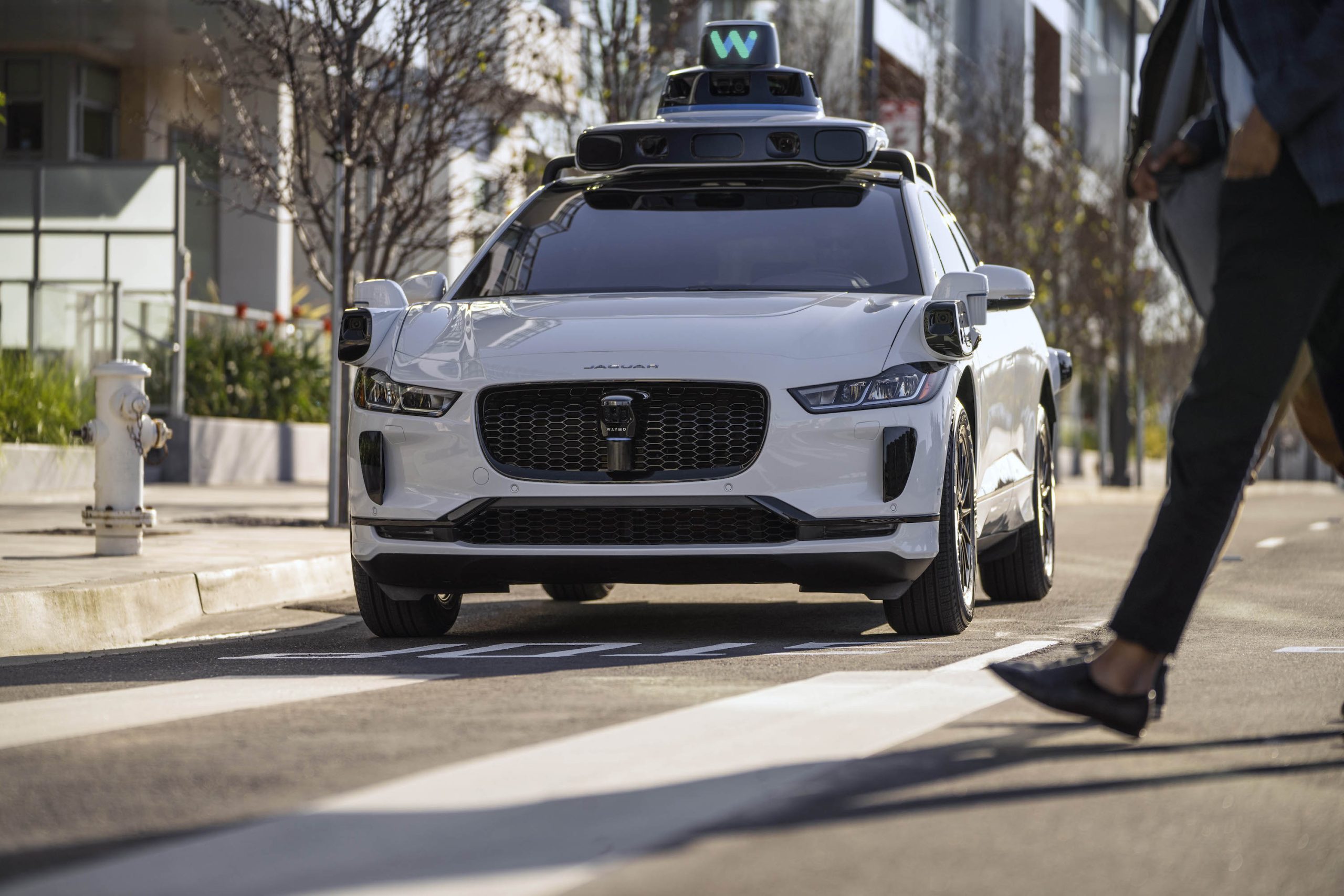
Waymo has filed a lawsuit against the City of Santa Monica in Los Angeles County Superior Court, seeking to block an order that requires the company to cease overnight charging at two facilities.
In its complaint, Waymo argued that its self-driving cars’ operations do not constitute a public nuisance, and compliance with the city’s order would cause the company irreparable harm.
Nuisance claims
As noted in a report from the Los Angeles Times, Waymo’s two charging sites at Euclid Street and Broadway have operated for about a year, supporting the company’s growing fleet with round-the-clock activity. Unfortunately, this has also resulted in residents in the area reportedly being unable to sleep due to incessant beeping from self-driving taxis that are moving in and out of the charging stations around the clock.
Frustrated residents have protested against the Waymos by blocking the vehicles’ paths, placing cones, and “stacking” cars to create backups. This has also resulted in multiple calls to the police.
Last month, the city issued an order to Waymo and its charging partner, Voltera, to cease overnight operations at the charging locations, stating that the self-driving vehicles’ activities at night were a public nuisance. A December 15 meeting yielded no agreement on mitigations like software rerouting. Waymo proposed changes, but the city reportedly insisted that nothing would satisfy the irate residents.
“We are disappointed that the City has chosen an adversarial path over a collaborative one. The City’s position has been to insist that no actions taken or proposed by Waymo would satisfy the complaining neighbors and therefore must be deemed insufficient,” a Waymo spokesperson stated.
Waymo pushes back
In its legal complaint, Waymo stated that its “activities at the Broadway Facilities do not constitute a public nuisance.” The company also noted that it “faces imminent and irreparable harm to its operations, employees, and customers” from the city’s order. The suit also stated that the city was fully aware that the Voltera charging sites would be operating around the clock to support Waymo’s self-driving taxis.
The company highlighted over one million trips in Santa Monica since launch, with more than 50,000 rides starting or ending there in November alone. Waymo also criticized the city for adopting a contentious strategy against businesses.
“The City of Santa Monica’s recent actions are inconsistent with its stated goal of attracting investment. At a time when the City faces a serious fiscal crisis, officials are choosing to obstruct properly permitted investment rather than fostering a ‘ready for business’ environment,” Waymo stated.
News
Tesla FSD v14.2.2 is getting rave reviews from drivers
So far, early testers have reported buttery-smooth drives with confident performance, even at night or on twisty roads.

Tesla Full Self-Driving (Supervised) v14.2.2 is receiving positive reviews from owners, with several drivers praising the build’s lack of hesitation during lane changes and its smoother decision-making, among others.
The update, which started rolling out on Monday, also adds features like dynamic arrival pin adjustment. So far, early testers have reported buttery-smooth drives with confident performance, even at night or on twisty roads.
Owners highlight major improvements
Longtime Tesla owner and FSD user @BLKMDL3 shared a detailed 10-hour impression of FSD v14.2.2, noting that the system exhibited “zero lane change hesitation” and “extremely refined” lane choices. He praised Mad Max mode’s performance, stellar parking in locations including ticket dispensers, and impressive canyon runs even in dark conditions.
Fellow FSD user Dan Burkland reported an hour of FSD v14.2.2’s nighttime driving with “zero hesitations” and “buttery smooth” confidence reminiscent of Robotaxi rides in areas such as Austin, Texas. Veteran FSD user Whole Mars Catalog also demonstrated voice navigation via Grok, while Tesla owner Devin Olsen completed a nearly two-hour drive with FSD v14.2.2 in heavy traffic and rain with strong performance.
Closer to unsupervised
FSD has been receiving rave reviews, even from Tesla’s competitors. Xpeng CEO He Xiaopeng, for one, offered fresh praise for FSD v14.2 after visiting Silicon Valley. Following extended test drives of Tesla vehicles running the latest FSD software, He stated that the system has made major strides, reinforcing his view that Tesla’s approach to autonomy is indeed the proper path towards autonomy.
According to He, Tesla’s FSD has evolved from a smooth Level 2 advanced driver assistance system into what he described as a “near-Level 4” experience in terms of capabilities. While acknowledging that areas of improvement are still present, the Xpeng CEO stated that FSD’s current iteration significantly surpasses last year’s capabilities. He also reiterated his belief that Tesla’s strategy of using the same autonomous software and hardware architecture across private vehicles and robotaxis is the right long-term approach, as it would allow users to bypass intermediate autonomy stages and move closer to Level 4 functionality.








